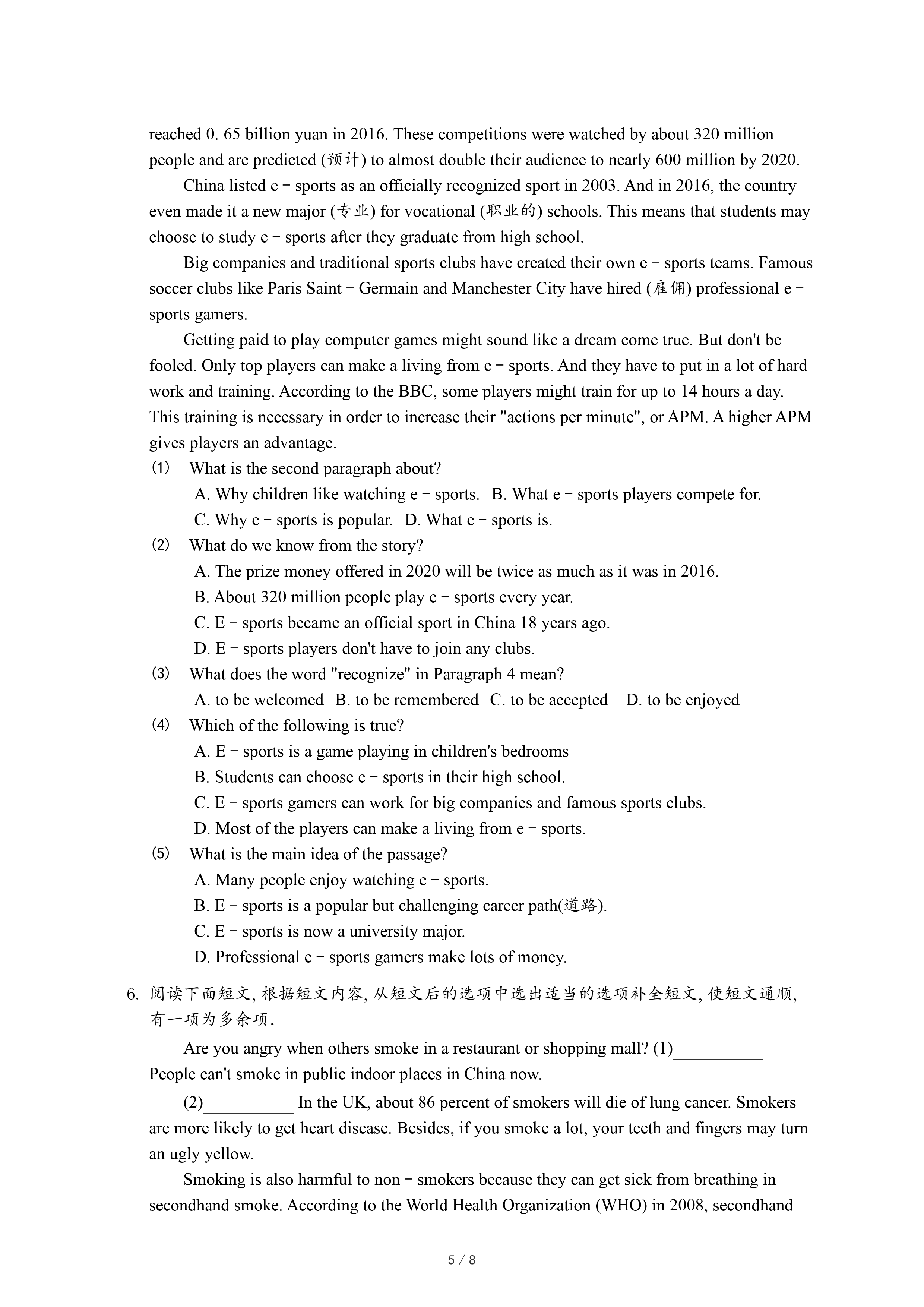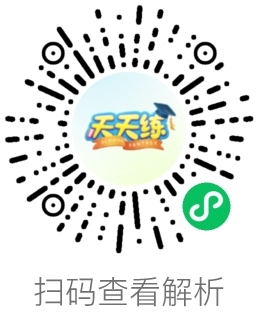2.What does this code tell us?
Beep!Beep!Barcode (条形码) technology makes it faster and easier to buy things in stores. You've probably seen the black﹣and﹣white zebra stripes (条纹) on product packaging. This year, this great invention is 50 years old!
On a Sunday afternoon in 1971, IBM engineer George Laurer came up with a code that could be printed on food labels (商标). It became the basis for the Universal Product Code, which was used by many grocery companies starting in 1973, according to The New York Times. Before this, cashiers (收银员) had to ring up prices by hand.
Time has proven it to be a great invention. Today, barcodes are scanned (扫描) over 6 billion times every day and used by 2 million companies worldwide, PR Newswire reported.
What information does a barcode contain?Where the product comes from, where it has been, its price, expiration date (过期时间) …you name it. It can also help stores keep track of their products. For example, if there are 10 boxes of milk and a customer buys one, it will be recorded so that the store owner knows there are nine boxes left. In the 1980s, libraries started using barcodes to keep track of books in this way.
"Its creation allowed the first digitization (数字化) in the control of the stock (库存), " José María Bonmatí from AECOC, a Spanish commercial association, told El Mundo.
The next generation of barcodes, such as QR codes, can hold more information. "They can tell consumers if a product contains allergens (过敏原) or if it is organic (有机的). This provides consumers with a greater level of trust in the products they buy, " said GS 1, an organization that develops global barcode standards.



